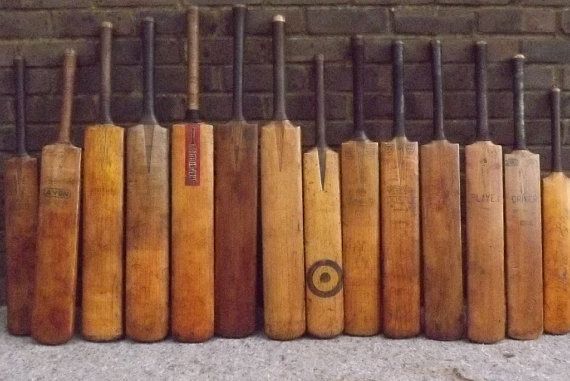THE BASEBALL HISTORY COMES ALIVE BLOG
Please note: As we compose new blog entries, we will now send each one out to all our subscribers as we post them. Here’s a link to see the entire Blog Archives -GL
March 3, 2021
SOME VERY STRANGE BASEBALL RULES
For as long as most of us can remember, the basic rules of baseball haven’t really changed much since we discovered the game. Sure, there’s been tweaks here and there, but the game has remained basically constant. That’s why so many of us have been alarmed at recent developments that have shortened doubleheaders to seven innings and, most radically, will now start the tenth inning with a runner on second base. To the purists, including myself, this isn’t really baseball and where it will go from here is anyone’s guess. The philosophy and strategies of the game have been changed by analytics and the use of pitchers. We now seem to be watching more of a home run or strikeout game with eight or ten pitching changes a game.
But there was a time very long ago when some of the rules were quite different. And I’m not talking about the Dead Ball Era of the first two decades of the 20th century. No, it’s the very early game, the one that developed during the 19th century. There were rules in effect back then that we wouldn’t dream about, or should I say dare to dream about. Let’s take a look.
This one went all the way back to the very beginnings of the game and lasted in one form until 1883. It said simply that any fly ball or pop up that was caught on one bounce was still an out. Most players of that time favored the one-bounce catch for a very good reason. They still weren’t wearing gloves and if you caught
Here’s one today’s hitters would really love. From 1867 to 1887, a batter could tell the pitcher where he wanted the ball. Before he stepped into the box the hitter would signal that he either wanted the ball low in the strike zone, between the
Here’s another one that must have hampered pitchers in the early days. Until 1883, pitchers had to make their deliveries underhanded. The Knickerbocker rules, written in 1845 for the local team, stated that “the ball must be pitched, not thrown.” At that point in time pitched meant with a stiff, underhanded motion, something akin to bowling. John Thorn, major league baseball’s official historian, credits a pitcher named Tommy Bond as the first to raise his delivery just above the waist. That happened in the mid-1870s and, as more pitchers began raising their arm higher, the overhand delivery wasn’t far off and was fully allowed after 1883.
This one is for the books. There was a time in professional baseball, after overhand pitching was allowed, that offense dropped off dramatically. That led to a rule that lasted from 1885 to 1893, that allowed bats to have a flat face, much like in the sport of cricket. Guess they forgot about hitting a round ball with a round bat and hitting it square. Instead, they took the “square” to heart. The flat bat was proposed by the Cincinnati Red Stockings Harry Wright. At the same time, the pitching distance was increased and there was more offense. One problem. The flat bats weren’t very durable and kept splitting. By 1893 they were gone.
The final rule we’re going to look at thankfully lasted for just one year. That’s because it really changed what baseball was all about. In 1887 it was decided that walks would be counted as hits. Thanks to the rule change, eleven players finished the year with batting averages of .400 or better. Nine of them wouldn’t have gone past that magic number had the walks not been scored at hits. At the end of the
Those are just some of the crazy rules from the early days of the game. If you know of any others, just let us know. We’ll be glad to hear them.
Bill Gutman
As always, we enjoy reading your comments
Here’s a link to see the entire Blog Archives

